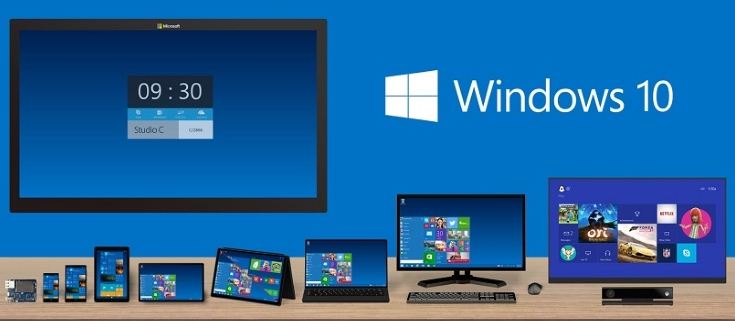
Certainly the upcoming release of Windows 10 would be making the enthusiasts mount their expectations of the features and functionalities to go way beyond of what they received and experienced with Windows 7, 8 and 8.1. It has been noted industrially that much of earlier OS releases of Microsoft and more specifically the Windows 8.10 has been an advent of Microsoft to regain its long-lost mobile users market. Certainly, the Windows 8.10 is a credible work for the brand that constituted all the thoughts and futuristic predictions of how and what the mobile OS should be comprised of, apart from being computer-centric. But that is Microsoft’s definition of mobile OS which has a global three percent share of the mobile OS market. Notably Microsoft’s OS migration by enterprises and individuals did not seem to be much encouraging to this extent when many of them actually shifted from XP to Windows 7 and very little did the same from Windows 7 to windows 8.1. A contributing reason behind Windows 8.1’s successive adoption is rendered to the number of PC, laptop sold by retailers as built in; while by this during the trajectory period of the migration Microsoft continued to lose numbers of PC users as impact of Windows 8.
Thus, it would not be too early that the PC and laptop users will by large be moved away with the Windows 10 hype. That being the case, the institutional and enterprise clientele are less likely to shift and migrate as their data storage, security etc is concerned.
Windows 10’s success is largely dependent on its functional and performance oriented response that whether it is going to add more convenience to the millions of its PC users. Another important question would be how far the previous Windows OS versions like 7 or 8 are different from the new release. Windows 10 needs to have the substantial and satisfying answer to meet the users look up prior making their investment. Will it still be a worthy choice to face on?
Acclaimed industry experts referred to boosting the PC productivity in any version of the OS’s release and this time too, the concern is pouring on Windows 10’s suitable PC productivity. Given the strategy of product development and marketing for Microsoft, the products it created never really looked in much of the unheard urges of the end users while the brand always kept its own objective of market growth and share at its prime. If Windows 10 fails to bring something that worthy for the end users this brand will be having two consecutive flop shows of releasing OS and that will damage the market perception for long that can actually ensure keeping Microsoft offside from what the industry is commanding and demanding. It’s for long losing of the mobile market not only oligopolized its market orientation but also let the competitors make the reentry even tougher.
It is not hard to apprehend that if Windows 10 fails in addressing the simple orientation issues of its OS and the component programs and applications design, like that happened in the case of mobile friendly Windows 8; then Windows 10 is going to take a tough bet probably with the same response. Tools of publicity, promotion and marketing can collide with financial performance but what is important to become visible that the company gained some insight into public expectation and have the capability to respond to user needs for experience.
See what is already in the market of the word of mouth for Windows 10. Specifically you can consider the network connection icon whenever you enter a hotel with Wi-Fi zone, you will require turning it on with the security key. But to make that happen user needs to scroll the mouse to the bottom right of the screen from where a vertical connection list will throng up and you will then have to move the mouse back to the right connection to activate it. Needless to point out the inefficiency and user inconvenience. It is all the same for OS Notification system and there the icon sizes are fit for mobile than the laptop and desktop users. The imbalance between the buttons and icons size based on intelligent screen size adaptation made the desktop and laptop output of the Windows 10 OS gross, neither neat nor professional a bit. Users cannot even have a look at clock time across multiple zones. And sometimes that clock can appear as if it is a mobile app in the shape of a mobile – yes a mobile shaped application in your laptop. Microsoft did not really pay any money to the developers and designers team of Windows 10! Don’t take it by heart; we are only talking about designing efficiency.
If Microsoft looks at massive adoption across devices with the Windows 10 then it will certainly be having a big chunk of the development held with compatibility, synchronization, and scalability. The result is only lucrative to Microsoft. For end users, the thing is all the same as it was earlier – if Windows 10 is that probable then it can only see the people opting for it unless the automatic upgrading function of Microsoft is going to bless them with its performance. You still have the choice of permitting the upgrade, man.
Windows 10 is free, that is the best part of it and everything has a cost says that age old saying. Windows 10 for Microsoft is a big challenge, without doubt and with many risks, can only sustain and make Microsoft survive with other motives, strategies, objectives and such. Build 2015 was just a sneak peak.